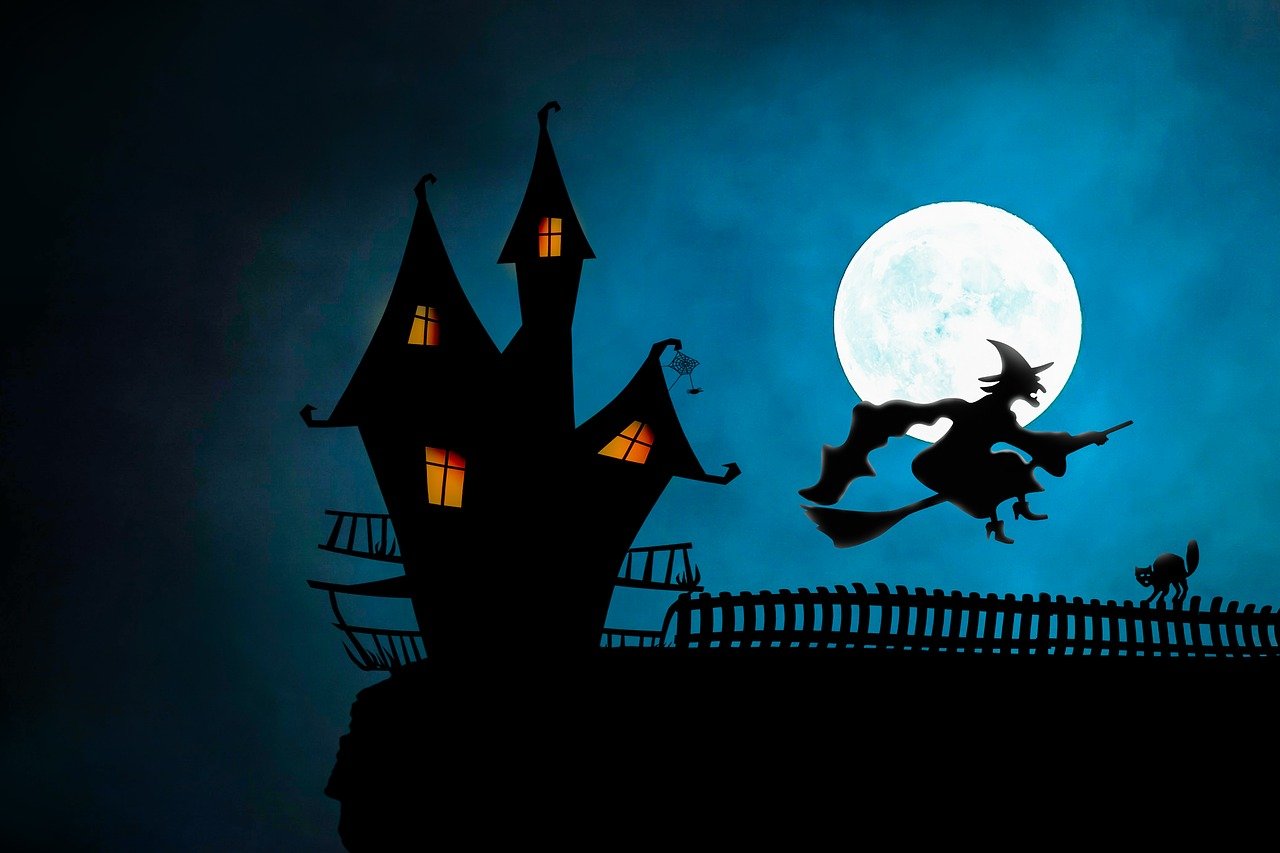
Witches have occupied an important place in fiction for centuries.
dark powers
Witches are fictional characters . It is usually said that they obtain their extraordinary abilities from the devil or evil forces , as they use their magic for evil. In "Snow White" and "Hansel & Gretel" , for example, witches appear.
The witch archetype is an ugly old woman who flies on a broomstick . Many times witches have a black cat as a pet.
It is important to note, however, that the boundaries between fiction and reality used to be blurred in ancient times. Centuries ago it was understood that witchcraft existed and that there were women who made pacts with the devil to gain powers and become witches.
Witches in Fiction
Throughout history, witches have been an iconic figure in fiction, captivating the imagination of audiences in a wide variety of cultural and narrative contexts . From malevolents in classic fairy tales to modern characters with nuances and complexities, depictions of witches in fiction have evolved significantly.
In traditional fairy tales, witches often represent the dark and mysterious side of magic. They are antagonists who challenge the heroes and heroines with spells and enchantments . However, as literature and narrative evolved, witches began to take on deeper dimensions. Authors like William Shakespeare presented them in such a way that their prophecies influence the destiny of the protagonist.
In modern literature and in audiovisual media such as film and television, witches are often depicted as multifaceted characters with motivations and development arcs. They are no longer limited to being simply evil or benevolent; Instead, they can be anti-heroines, grappling with ethical dilemmas, and exploring the challenges that come with balancing their magical powers with their everyday lives. They have evolved from stereotypical representations to complex characters that reflect the changing sensibilities of societies over time.
Witch Hunts
The witch hunts were a series of historical events that took place mainly during the 16th and 17th centuries in Europe and its colonies in America. These persecutions were based on the widespread belief in witchcraft, which was considered a heresy and a pact with the devil. The witch hunts were triggered by a combination of religious, social and cultural factors, and had devastating consequences for the affected communities.
The persecutions often began with individual accusations of witchcraft that quickly spread to more people as a climate of mass hysteria was generated. Ecclesiastical and civil authorities were involved in the identification, arrest and trial of the accused. Procedures were often neither legal nor transparent, and confessions were obtained under duress and torture.
The stake was one of the most common methods of execution, but hanging and drowning, among others, were also used. The witch persecutions caused the deaths of thousands of people, mostly women, and left a lasting scar on history.

The witch hunt usually culminated in the burning of the accused person.
As scientific understanding and critical thinking developed, beliefs in witchcraft began to decline. The hunts eventually subsided in the second half of the 17th century, but they left a legacy of tragedy and grim reminders about the dangers of intolerance and systematic injustice.
Current use
Currently, in colloquial language, a woman who usually anticipates what is going to happen , who stands out for her ugliness or who is evil is mentioned as a witch: "My wife is a witch, she told me several weeks ago that they were going to give me a promotion" , "My friend's girlfriend is a witch, I don't know why she likes it" , "How are you going to yell at a child like that? "You're a witch!" .
